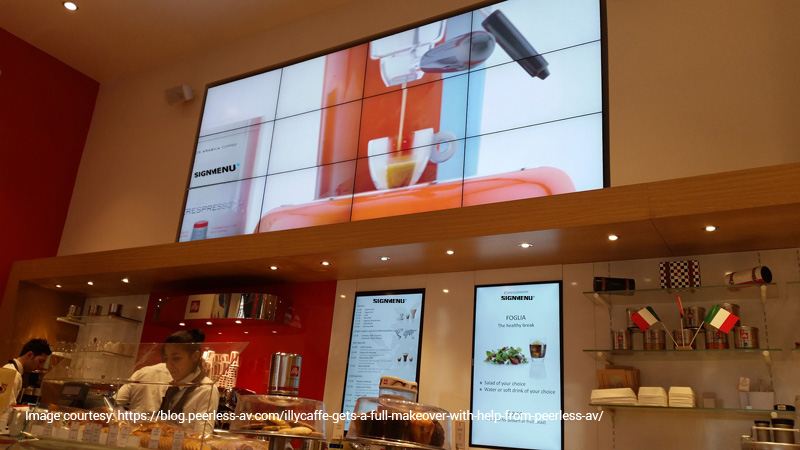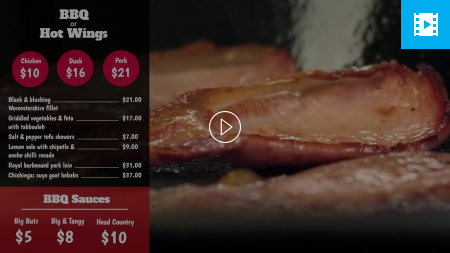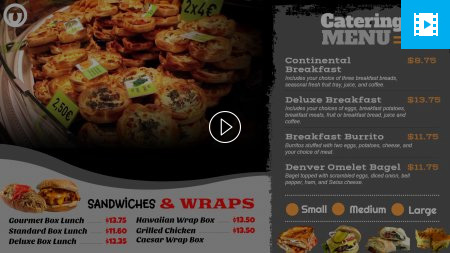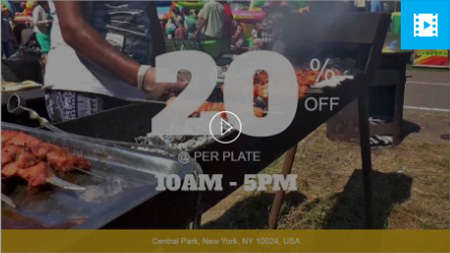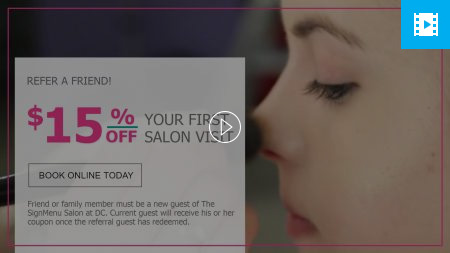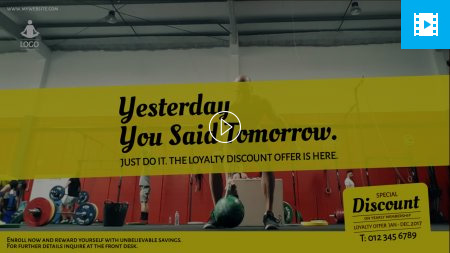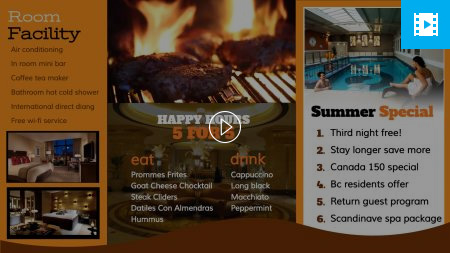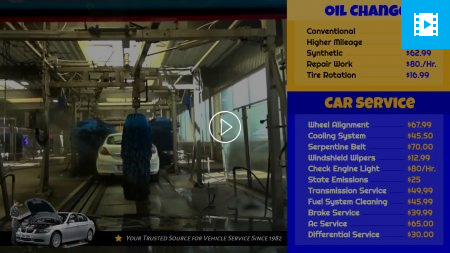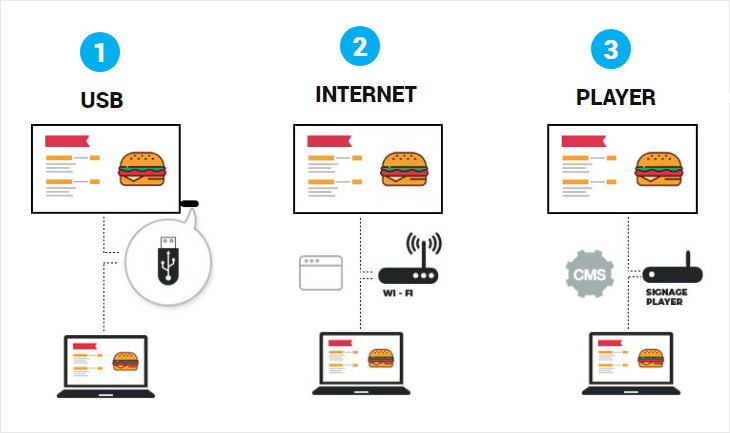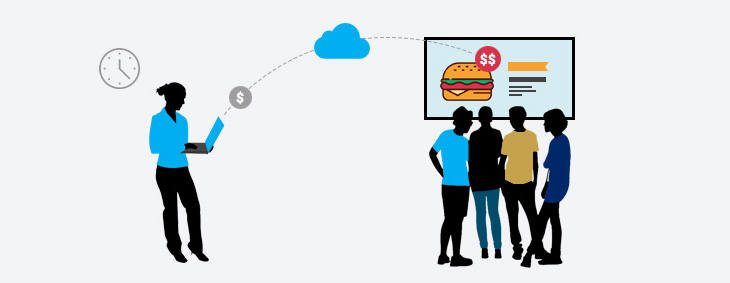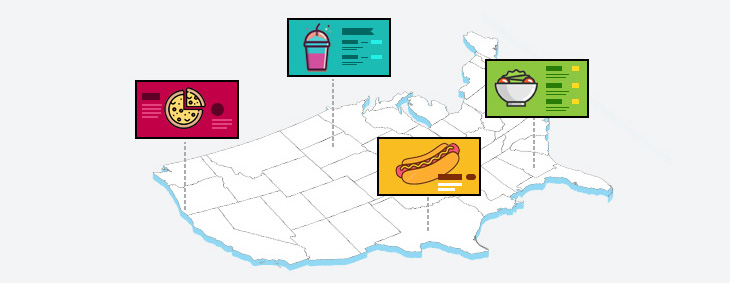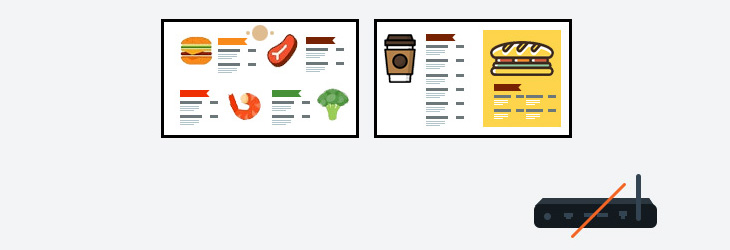Today, digital signage is ubiquitous. The glittering digital menu boards literally add effervescence to the illumination within the restaurants’ premises and beyond. And the challenge to surprise the potential customer never ceases.
For the restaurateur though, at the end of the day, it’s all about sales. About bottomlines. About survival. And digital menu boards, when they first arrived, were a means to these ends. Subsequently, when these scintillating digital menu screens began to make an impact, there was a need to position and differentiate each business further in order to make way further progress. Else, how would Harry’s Burgers bring in more customers than Tom’s Burgers, with both restaurants serving the same locality within the same city ?
There upon, enters the video age to bring up the next level in digital signage. An audio-visual film with dynamic images of the savory food menu began to be perceived as the ultimate way to entice customers by evoking their taste buds with appetizing visuals.
Of course, technology has helped. And evolved. In an effort to attract more attention and increase effectiveness, venders of digital signage have rapidly enhanced features and capabilities for these displays. For example, displays have moved from simple 2d screens to 3d auto-stereoscopic screens, screens featuring multimodal forms of interaction are replacing static displays, and display-only screens are being replaced by displays capable of recognizing user characteristics. The dynamic digital menu board today combines digital signage with the power of video.
Consumers, however, might be experiencing information overload characterized by exhibiting signs of display blindness, messaging fatigue and less optimal decision making.
Previous studies have shown that the use of video in digital signage can capture attention. Recent studies have examined how the use of video food ads in digital menu boards can influence more healthful eating choices. Methods included laboratory studies, eye-tracking studies and field studies where the effects of rotating images of healthful and less healthful food dishes were compared.
An Illustration : More Healthful Foods Vs Less Healthful foods
More healthful
Baked potatoes/Chicken Pizza/Grilled Chicken/Garden Salad/Grilled Chicken Sandwich/ Raw vegetables with baby carrots, celery, broccoli and cauliflower.
Less Healthful
French Fries/ Chicken Pepperoni pizza/Breaded Chicken/Breaded Chicken sandwich/Garden salad with Cheese and ranch dressing/ Raw vegetables with ranch dip.
With both sets of foods being similar, the restaurateur would have to make a judicious decision as to which food items to display in a video and which would bring in more sales.
Other Video Illustrations
- Khazina Food Chain : In one outlet as many as six digital menu boards have been placed on the wall inside the restaurant. The video menu boards were dislayed in such a way as to display dynamic images alternately in all the six menu boards. The dynamic images displayed different items as in pizzas, curries, burgers, chicken kebabs, wraps, fried chicken and much more.
- Burger king, the fast food giant, has strategically placed its videos at drive-through points within its restaurant premises, wherein the brightly light, intrusive messages were hard to miss. The restaurant found that they could actually increase sales by almost 40%
- McDonalds’ also has multiple digital screens strategically placed on the wall inside most of their premises. They have at least 4-5 screens adorning their walls. Each of these screens displays food items which are ready on the stocks real-time, that is, the up-sells.Customers who came in waste no time in ordering from the same and get the food items fresh. Ice creams, wraps, chicken, burgers and many others are appetizingly displayed on a video. Studies reveal that they are more into promoting their combo offers and pairings.
- One of the most illustrious digital signage displays has perhaps been manifested in the sports arena. Signs outside the stadium would announce this week’s matchups. Once the fan passes through the entrance,the way-finding digital boards guide him towards his seat, the concession stands, the restroom, cafeteria and guest services.
Further, when the fan is comfortably settled in his seat , the digital screens keeps him abreast of the action on the field,entertaining him with details of the participants : of their family, interests, hobbies and social work, along with their performance on the field.
